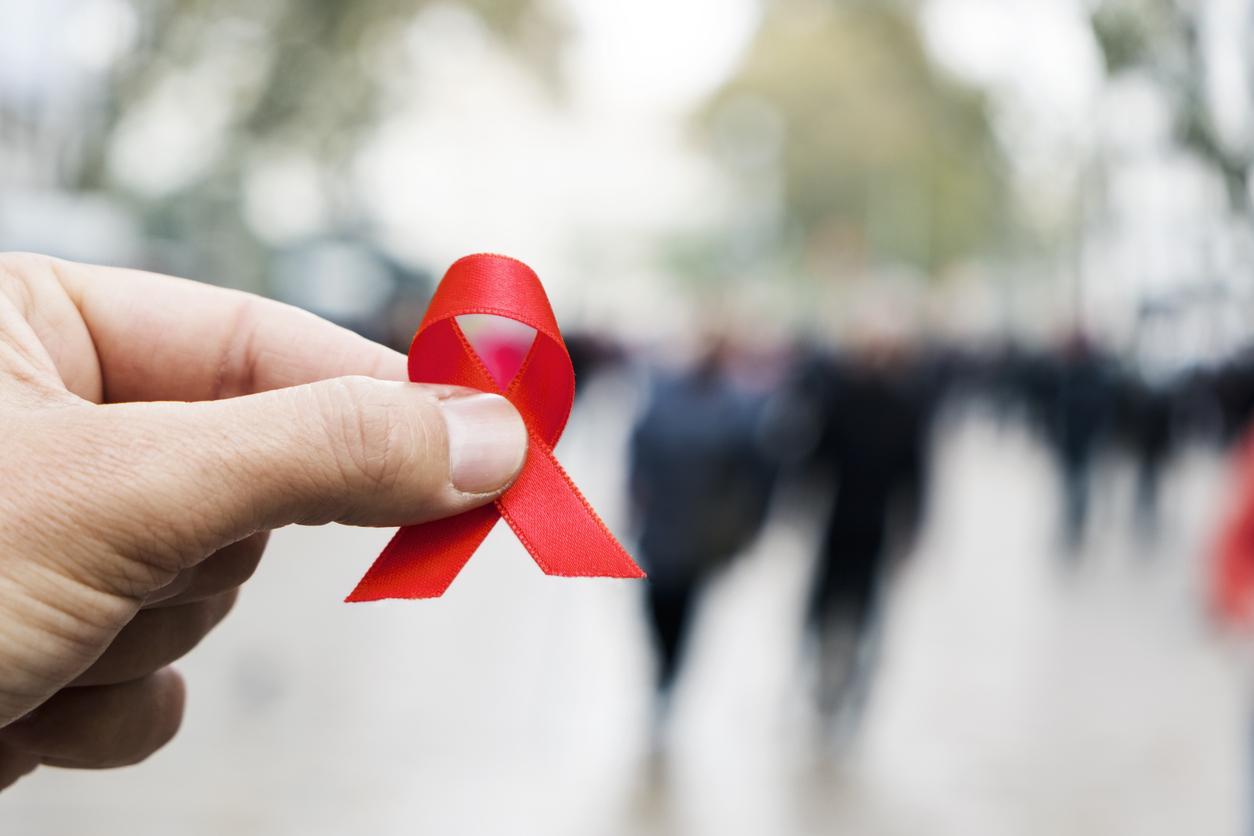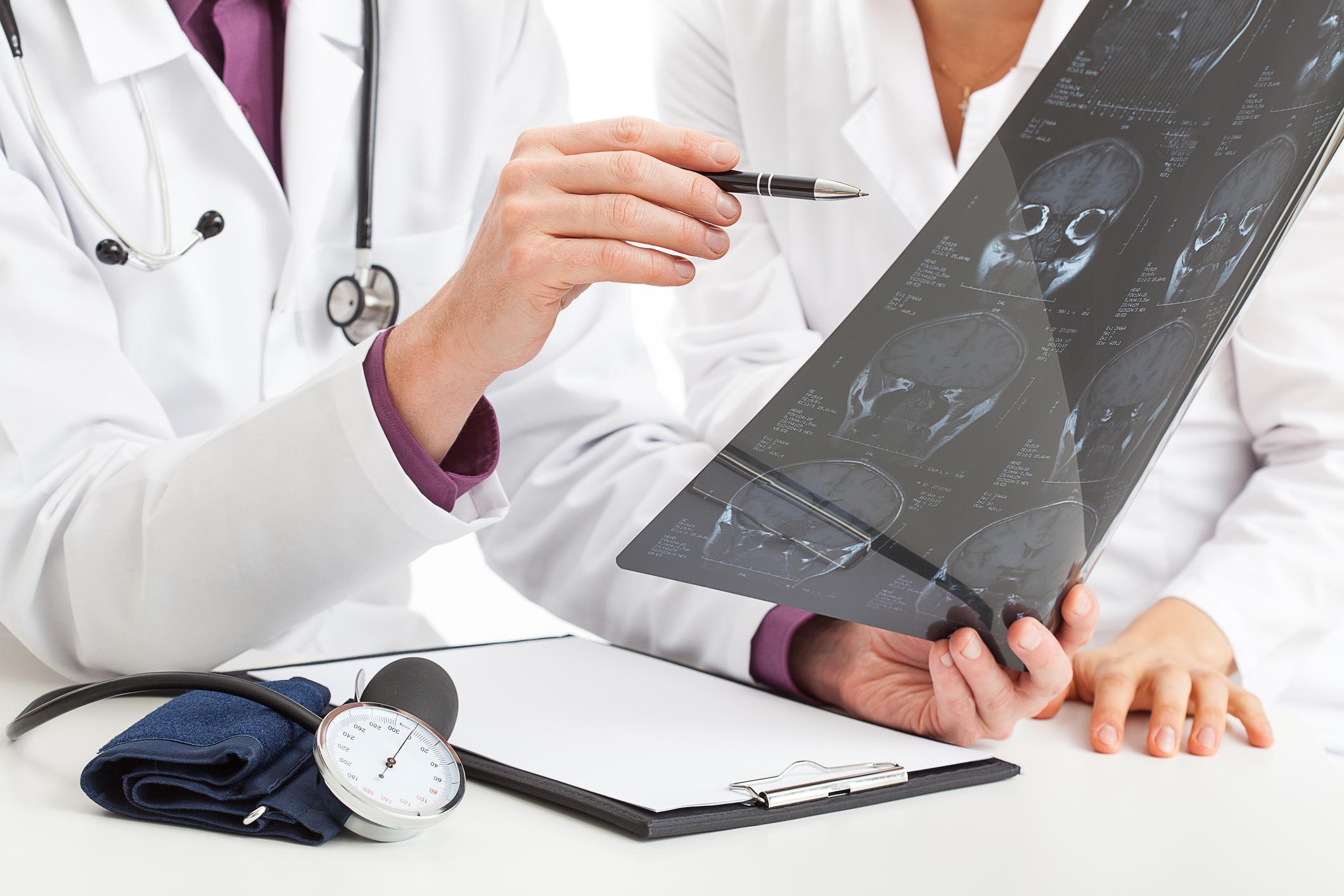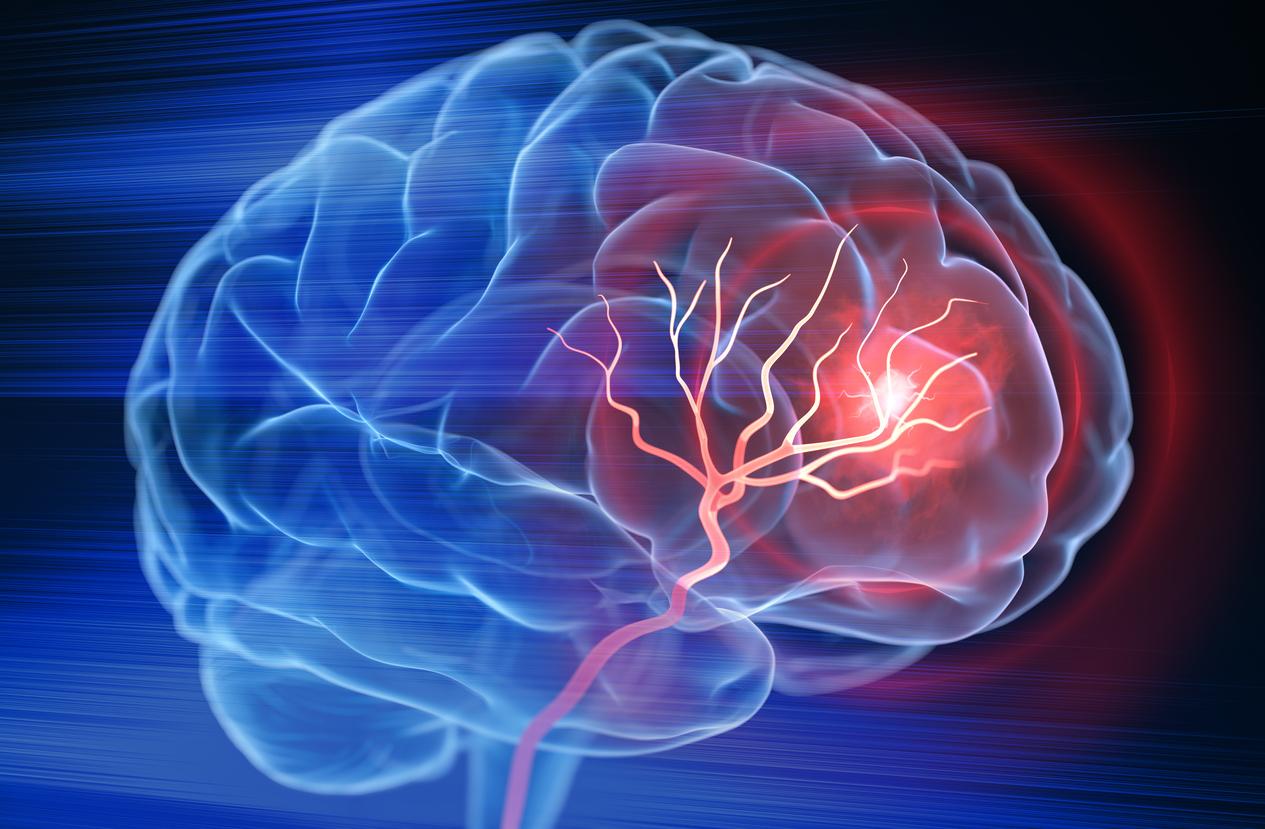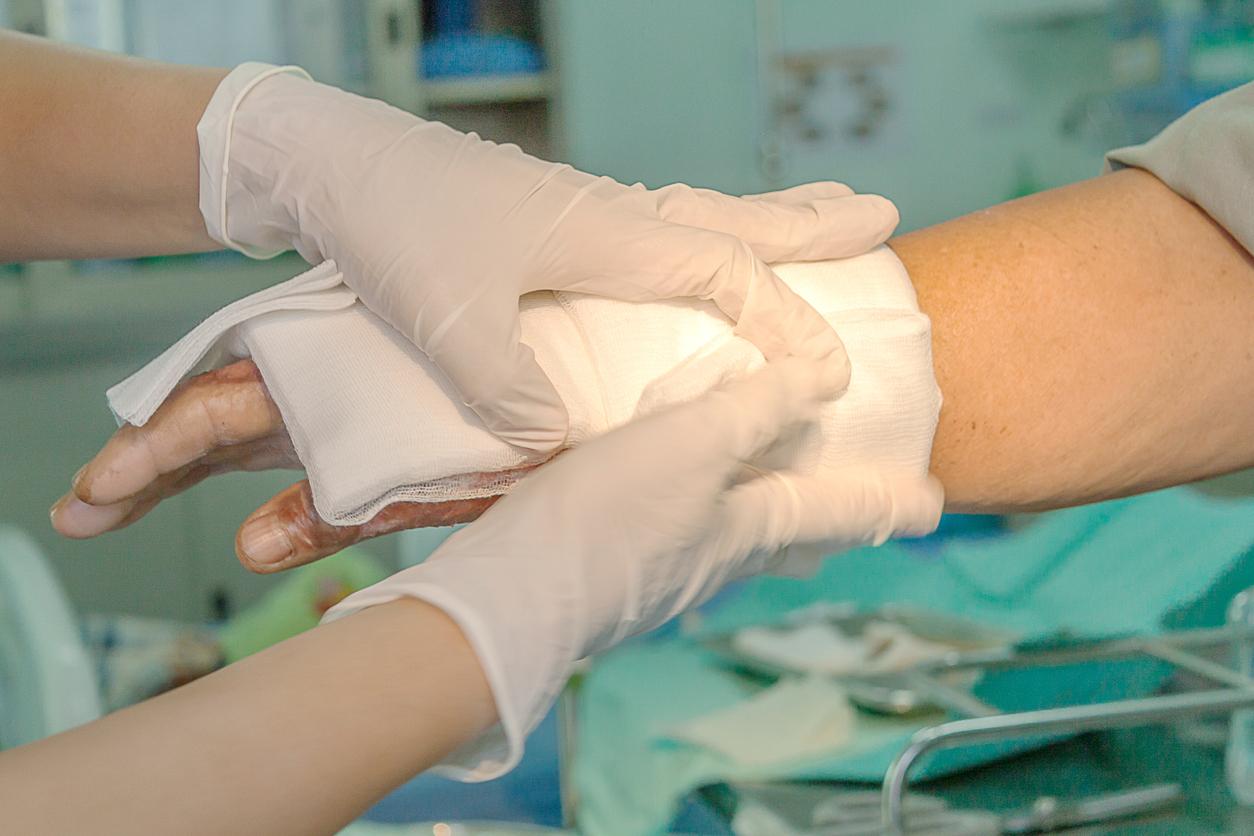APS Therapy
Place electrodes in painful places in your body and let a very weak (direct) current flow through them. That is simply APS Therapy. Some people say they benefit from it, others don’t notice any effect.
APS pain therapy uses the mimicking of your body’s own nerve impulse, the so-called action potential. APS therefore stands for Action Potential Simulation, or: action potential imitation.
Signal
In damaged tissue, the transmission of nerve impulses is weakened or blocked. By using simulated nerve impulses, the natural processes there could get a push in the right direction. Energy transport, blood flow, pain relief, wound healing, bone growth and inflammation inhibition would be stimulated. The simulated action potential actually sends a kind of signal to your body to heal the sore spots.
Therapy
A so-called APS device is usually used for treatment. It’s a simple, battery-operated device about the size of a drill press briefcase. It has electrodes that have to be placed as close as possible to the areas to be treated. A treatment can take place in a clinic and lasts from a few minutes to more than half an hour. How often and for how long you need to be treated depends on your age, physical condition and condition. It is recommended to drink plenty of water before treatment and to avoid alcohol. Renting or buying an APS device and treating yourself with it is also possible. However, it is better to do this only after consulting a therapist and if you feel that it really works for you.
Other forms of APS therapy include underwater treatment of the painful part of the body, ear clip treatment for people with burnout and/or sleeping problems, and the use of an applicator, which can massage large areas such as your shoulders or back.
Complaints
APS therapy is used, among other things, for the treatment of acute and chronic pain (rheumatoid arthritis, post-traumatic dystrophy, neuralgias, migraines, fibromyalgia, chronic fatigue syndrome), but also for inflammation, accelerated wound healing, accelerated repair of bone fractures and repair of tendon injuries. It would also help with multiple sclerosis, carpal tunnel syndrome, whiplash, menstrual complaints, stomach and intestinal complaints, gout, shingles, tennis elbow and skin conditions (such as eczema and psoriasis).Risk group
Sometimes it is better not to use APS. People with epilepsy or pacemakers are a risk group. APS can exacerbate an epileptic seizure and cause a pacemaker to run wild. Patients taking beta-blockers or blood thinners are advised to consult a physician first. The same goes for pregnant women, those who are underweight and children under 12.
Compensation
Some insurers offer full or partial reimbursement of APS Therapy as part of a supplemental package. Check with your own insurer whether your policy offers coverage.
Additional treatment
Alternative medicine can in certain cases provide relief from complaints. However, you should always see them as a supplement to regular treatment methods and not as a replacement for them. A proper diagnosis by a licensed physician is necessary in all cases.
Therefore, always first consult with your doctor about the approach to your health problems. You can discuss with him whether and how alternative medicine can make a contribution in your case.
















